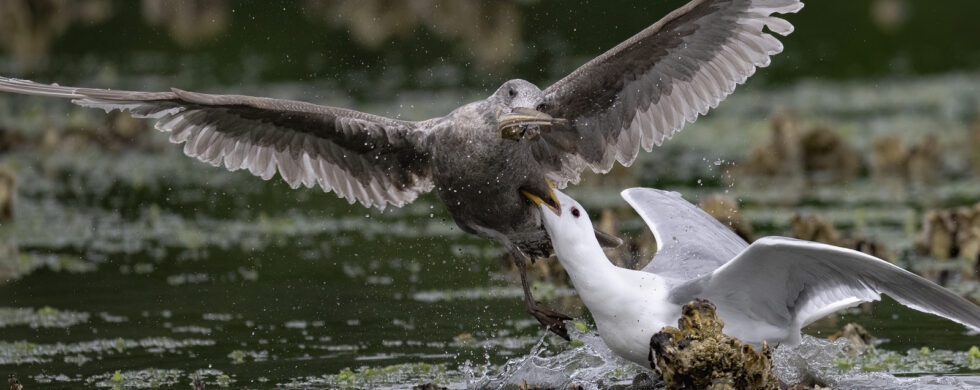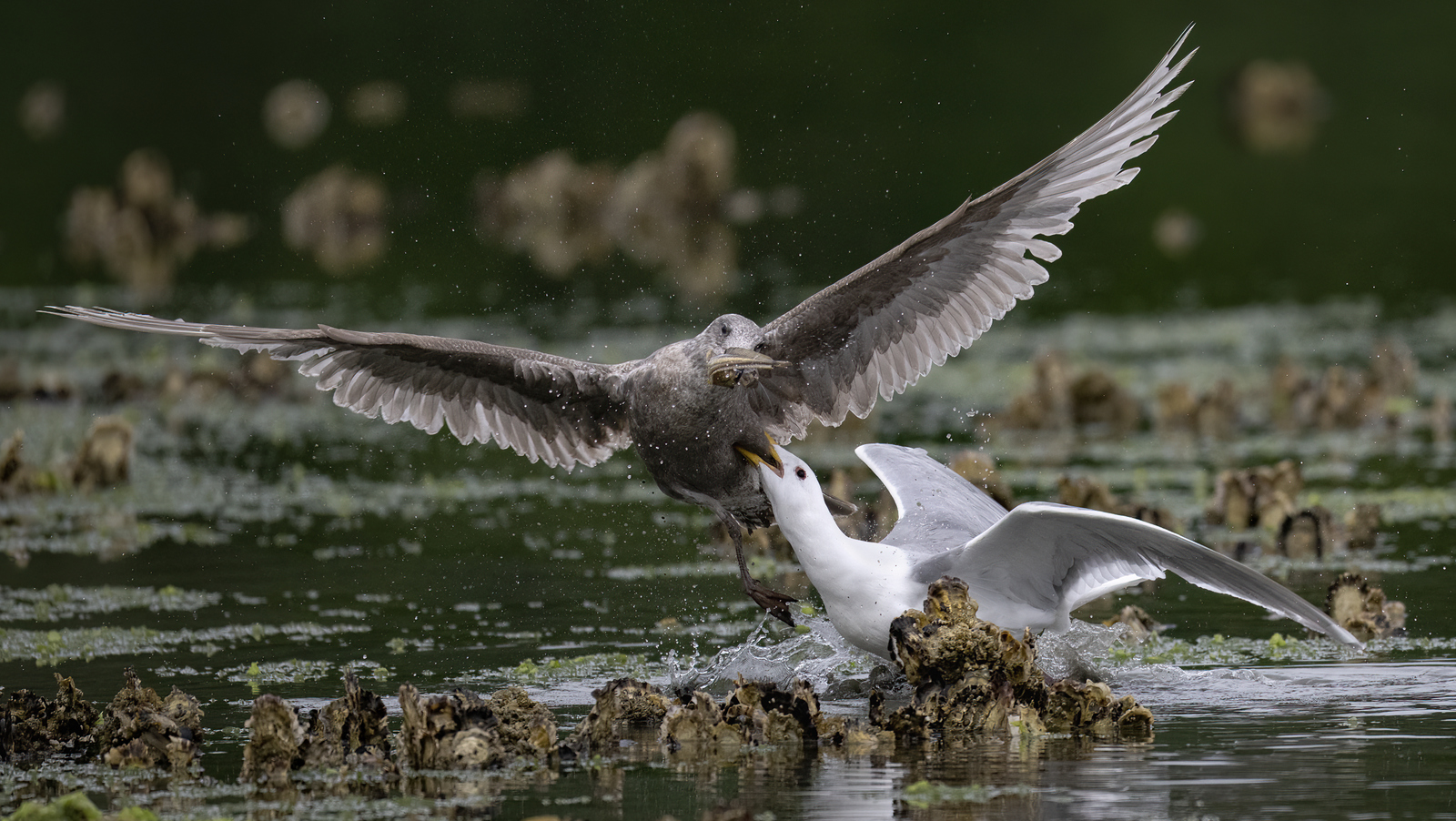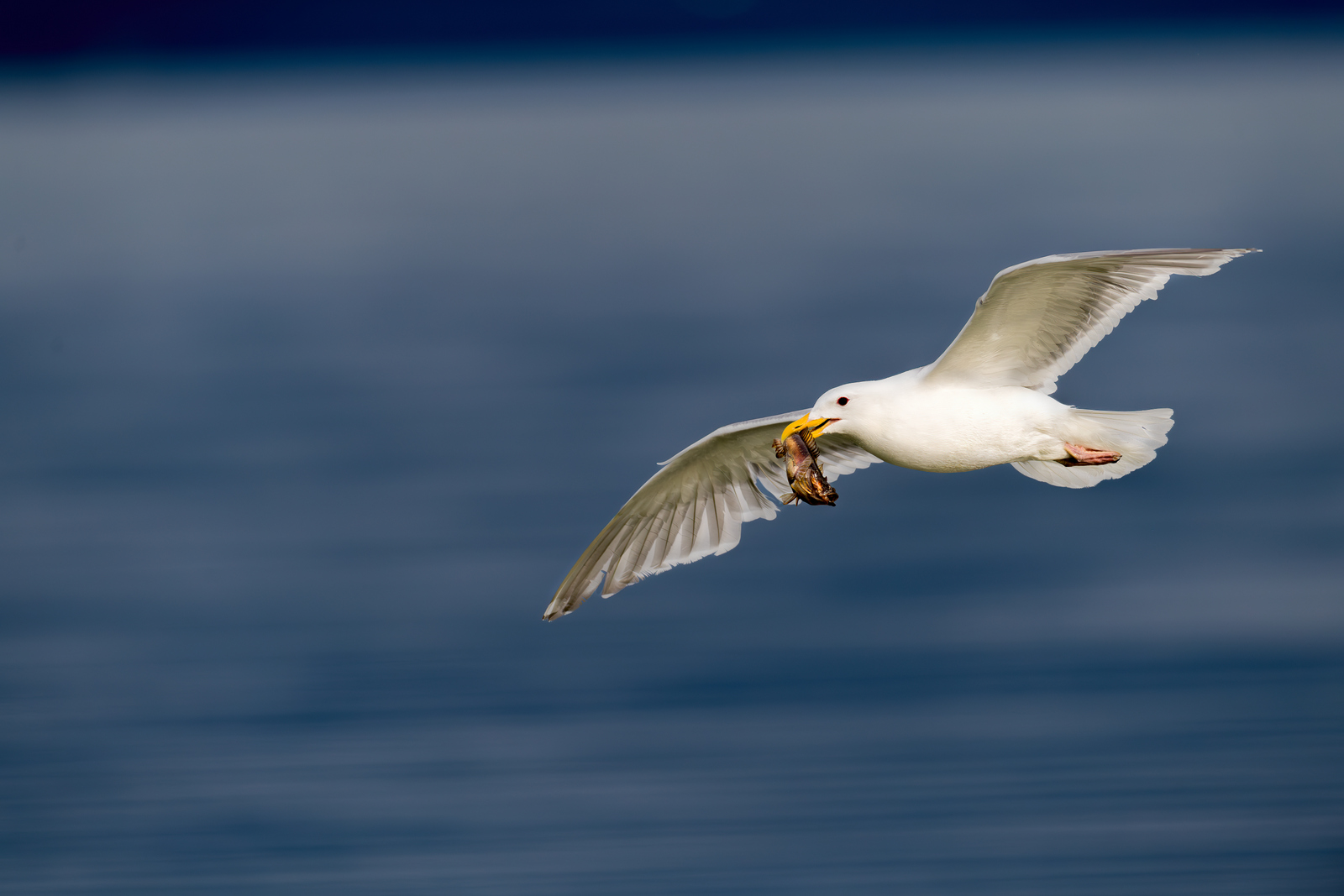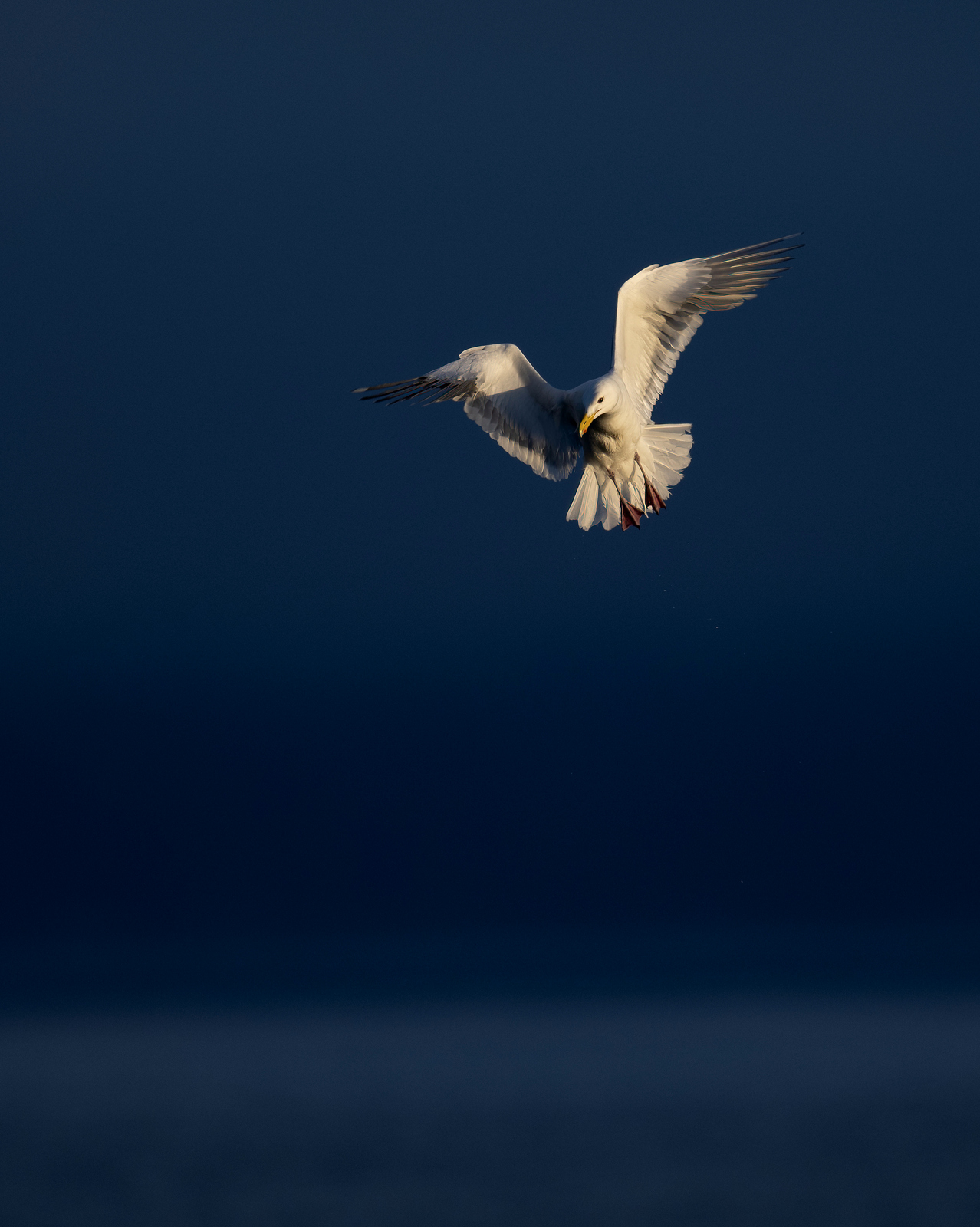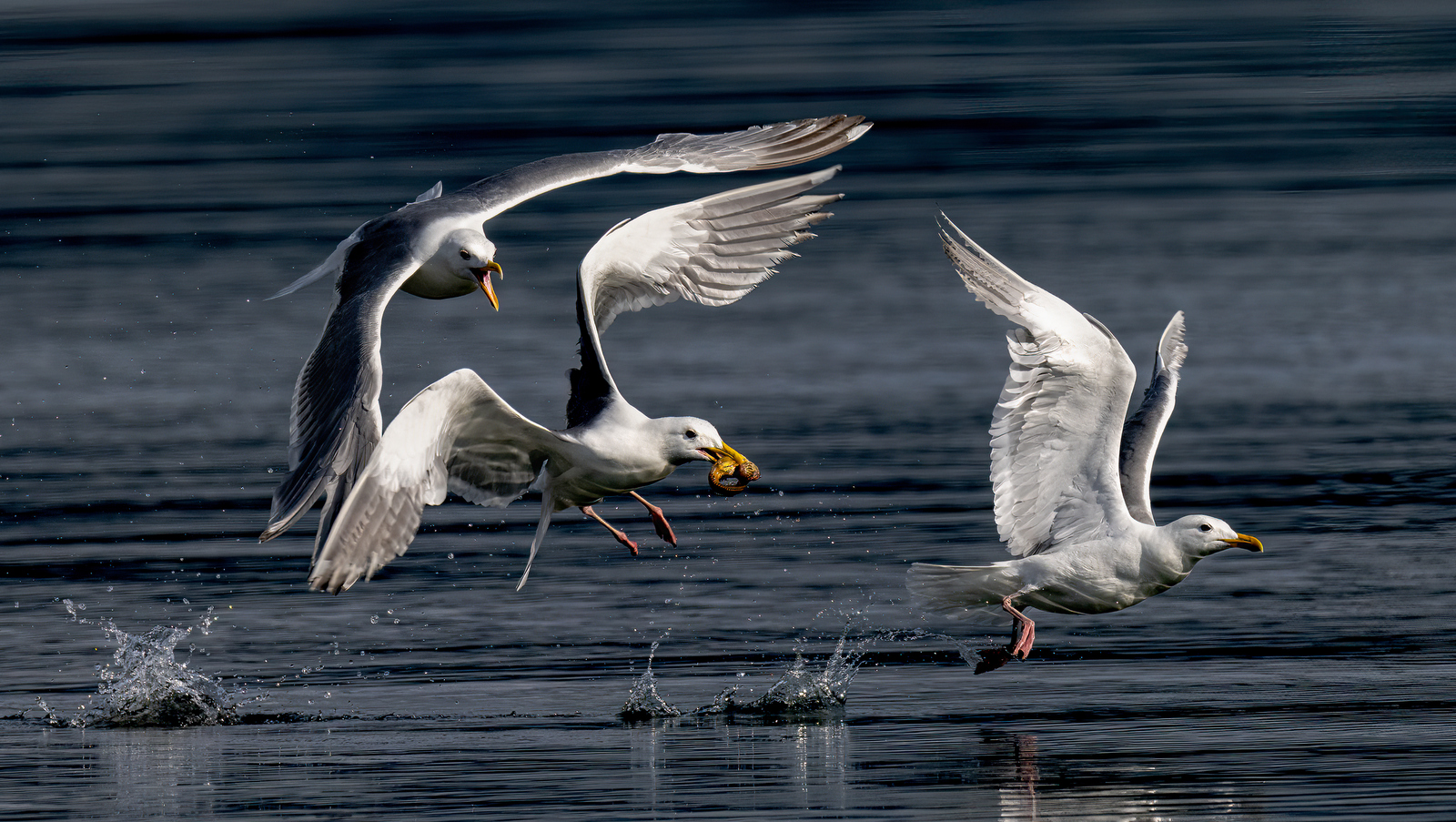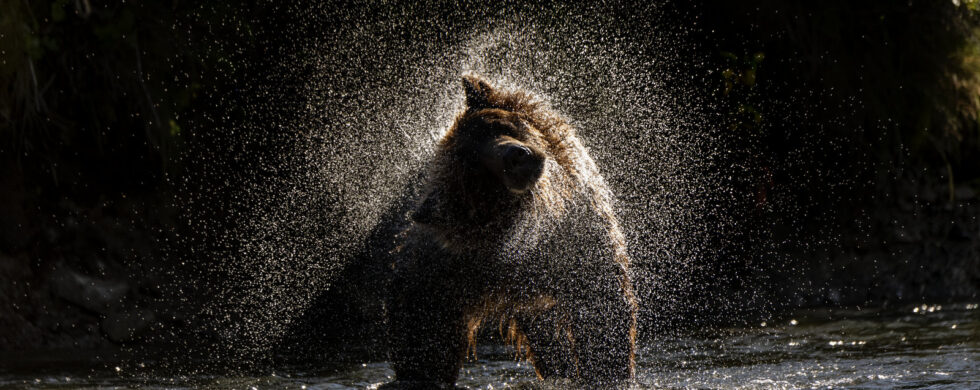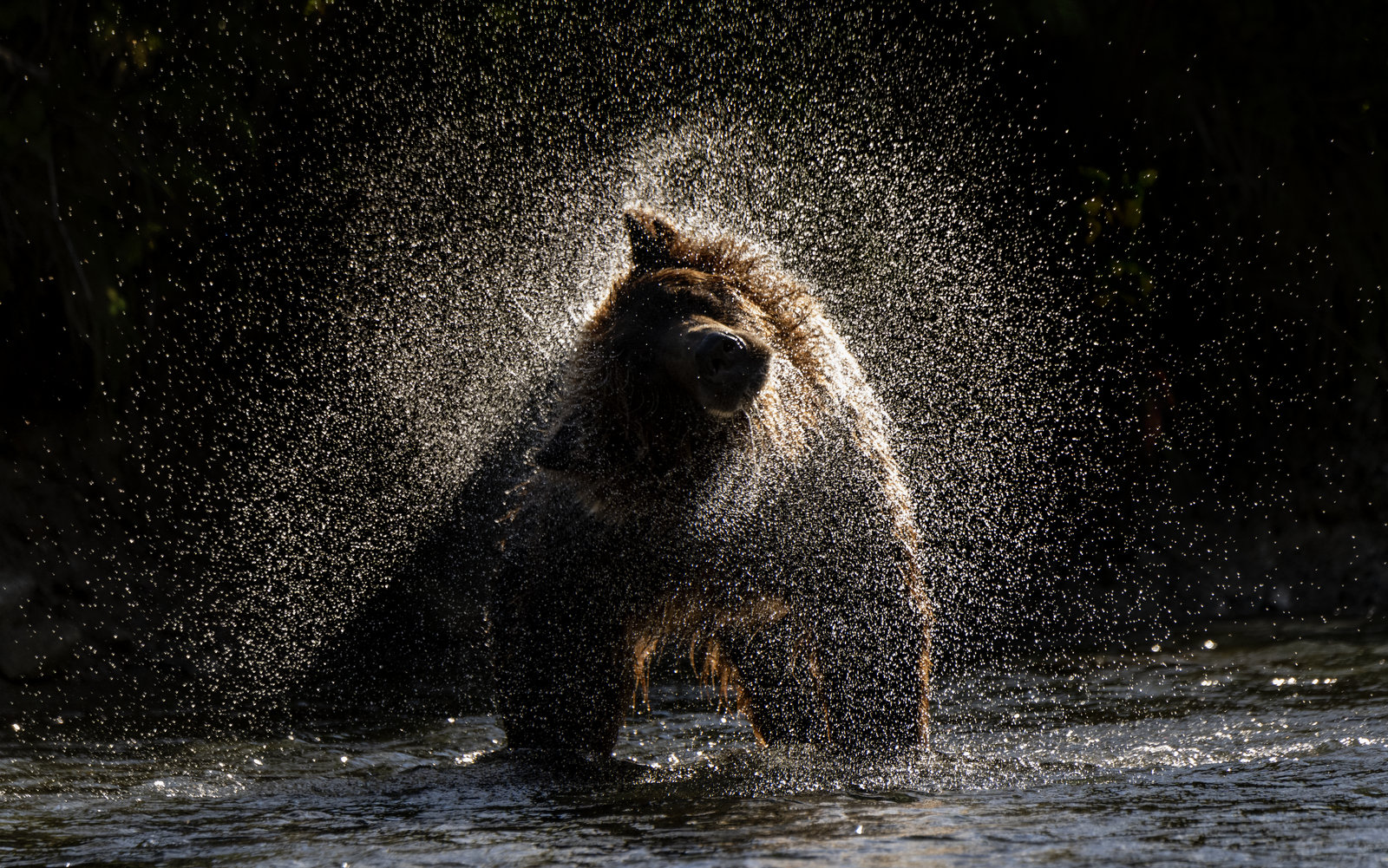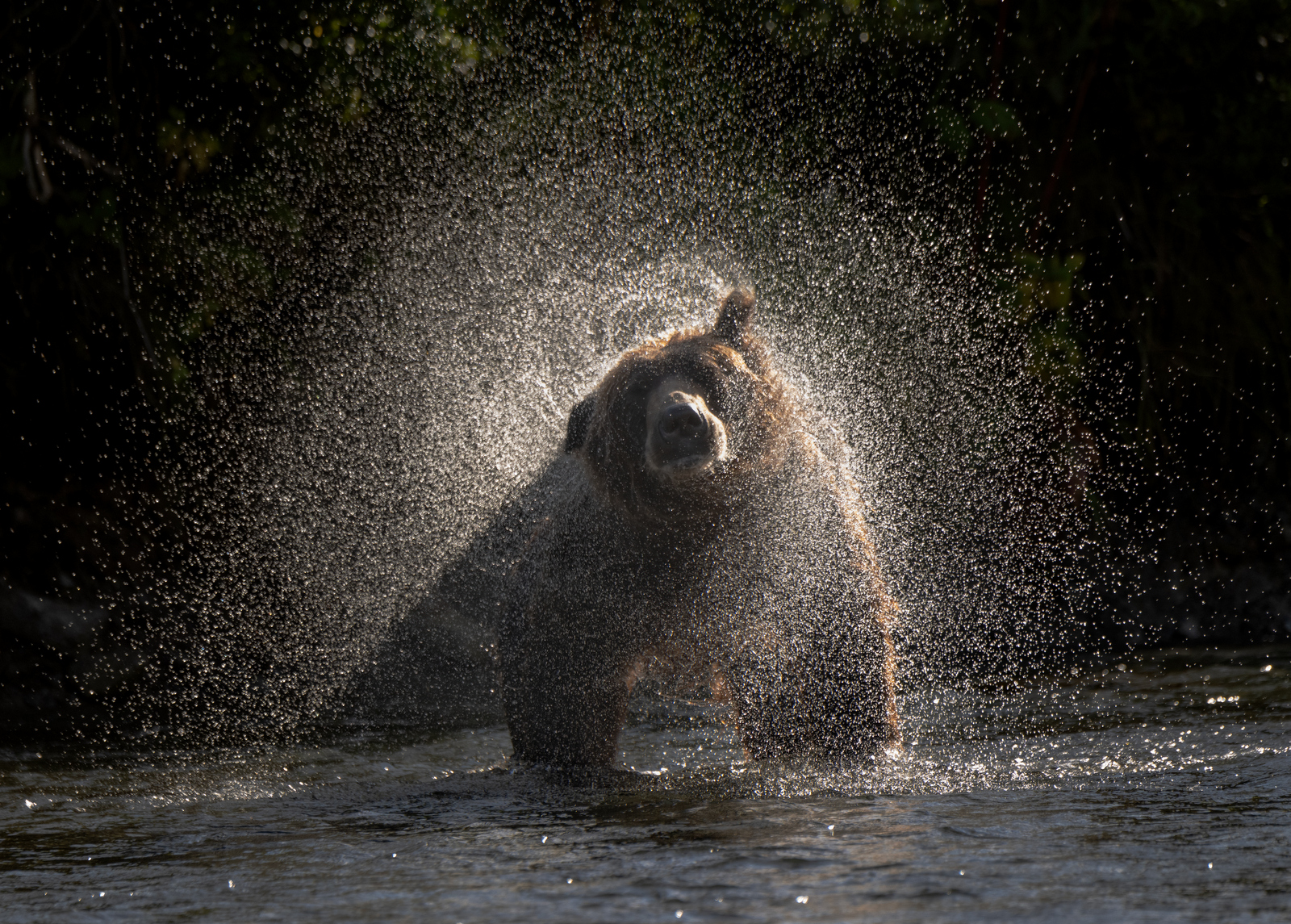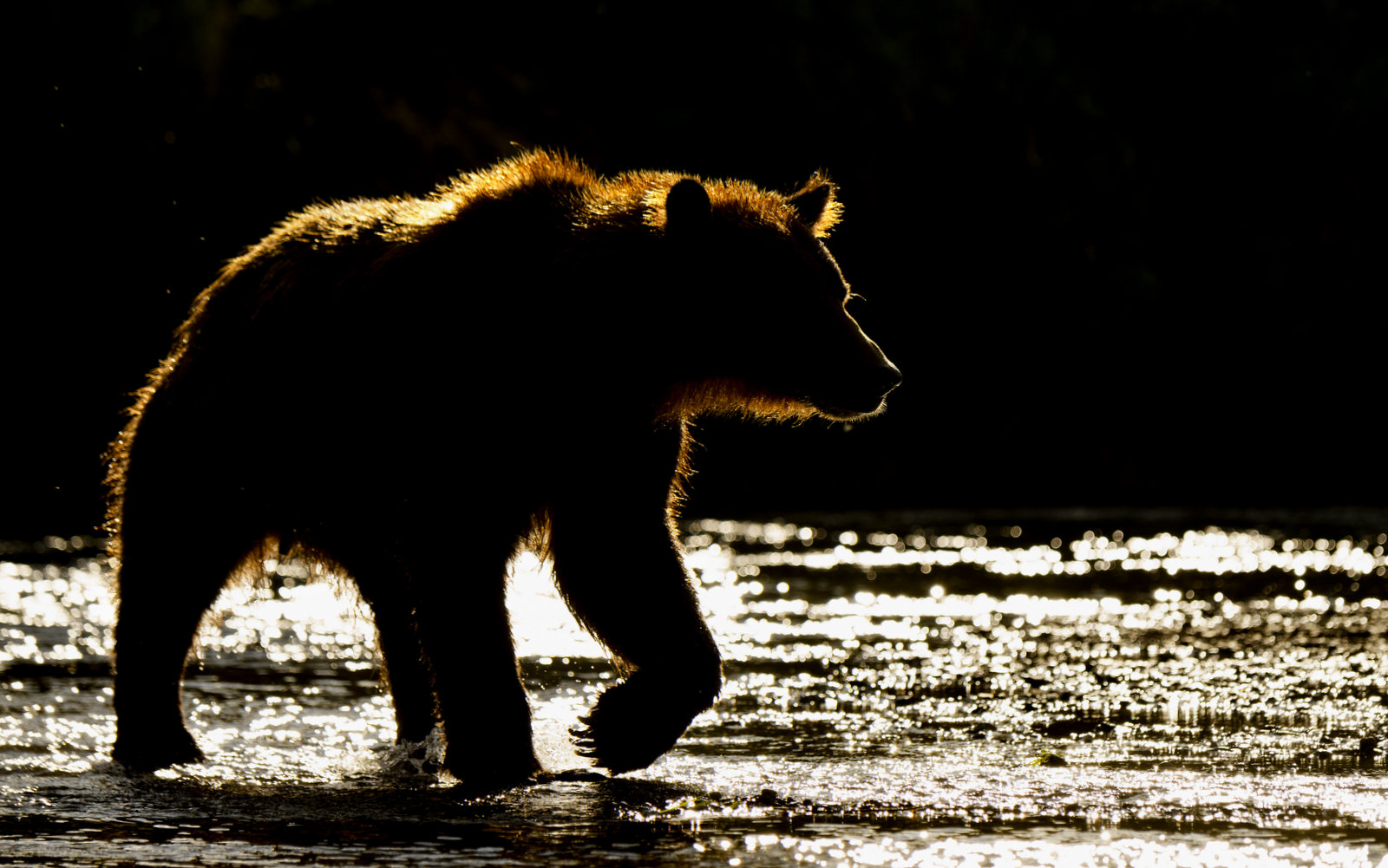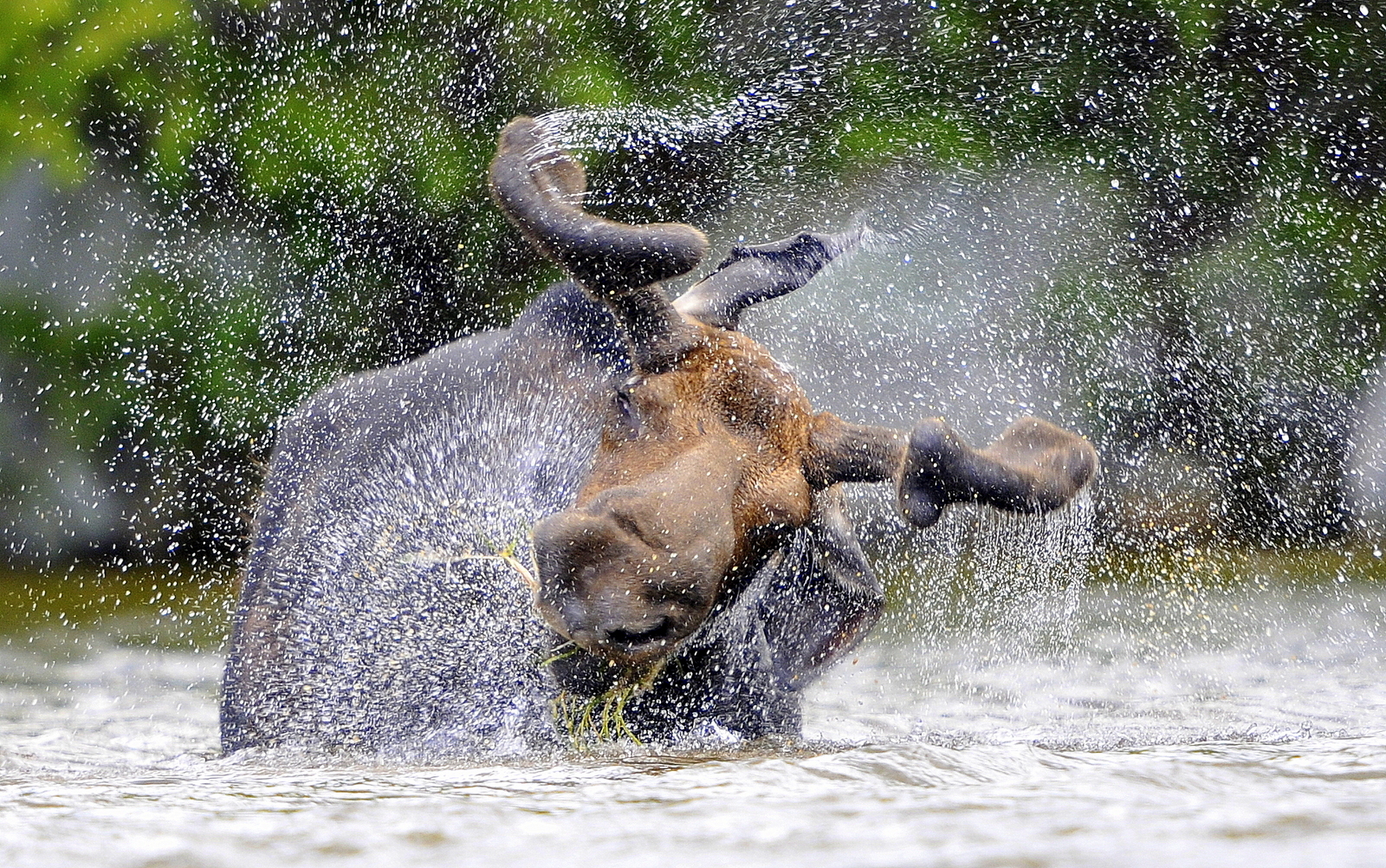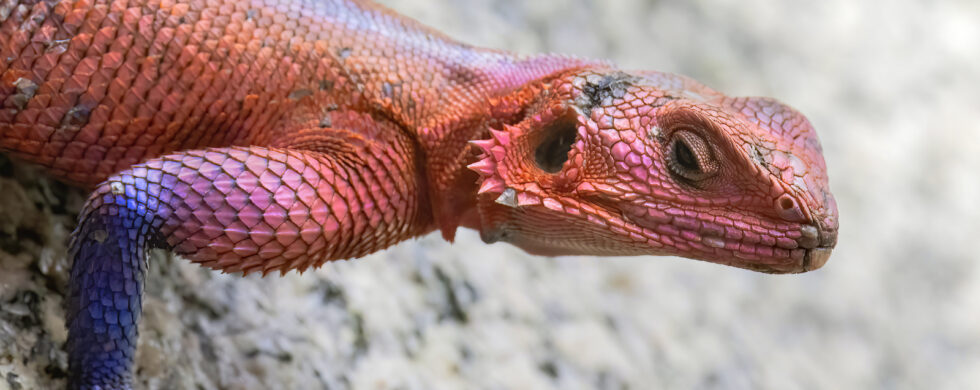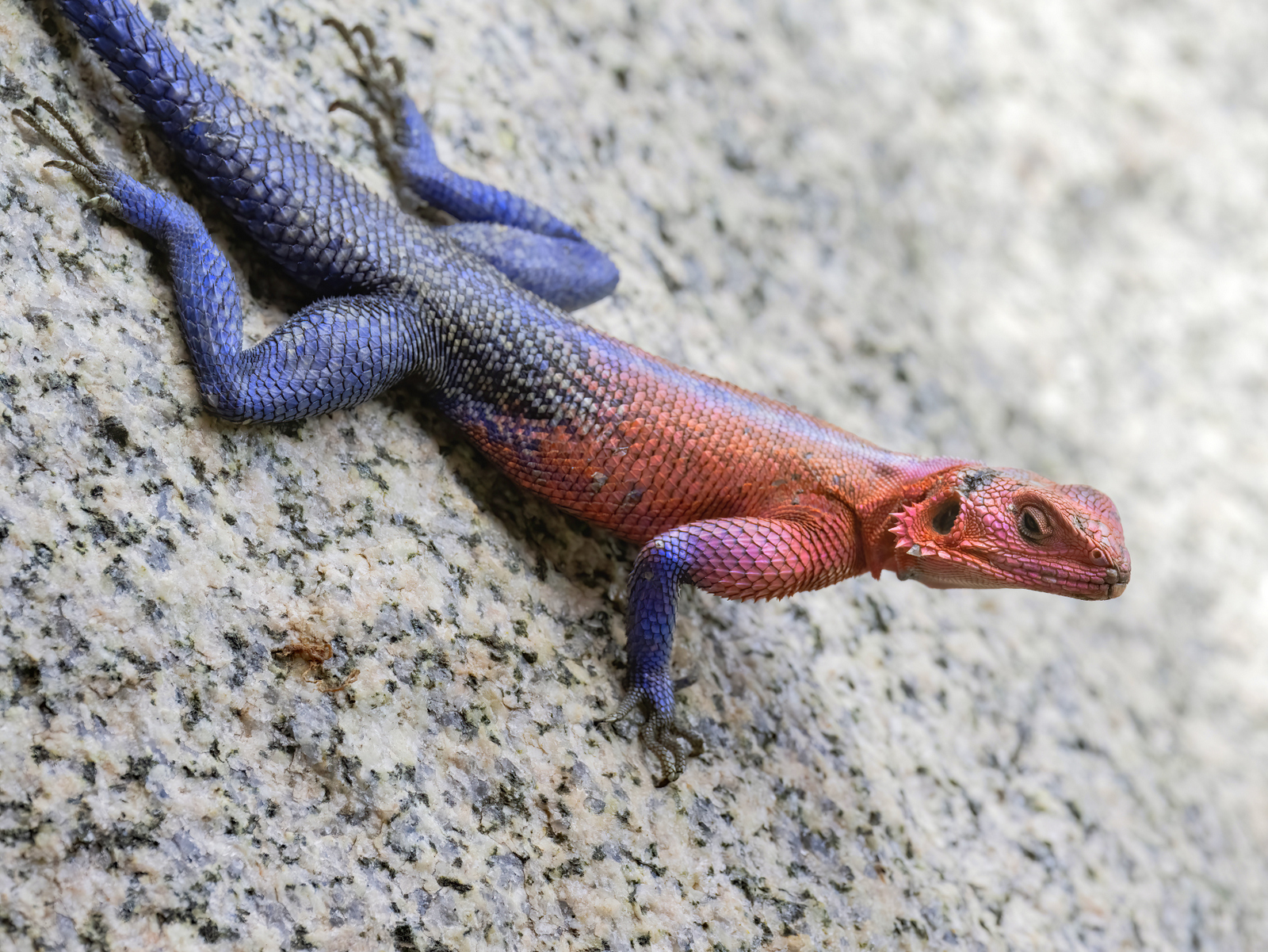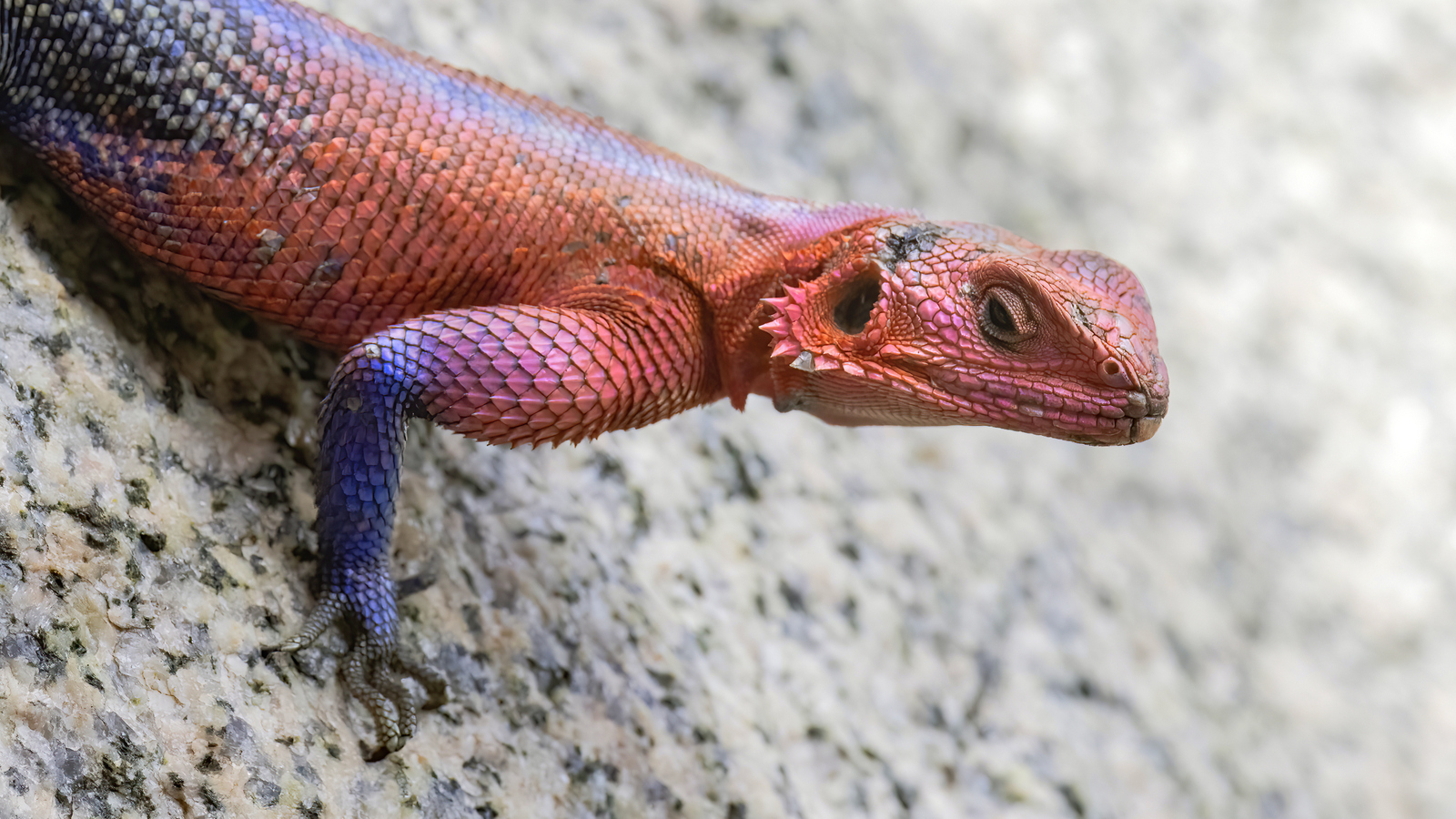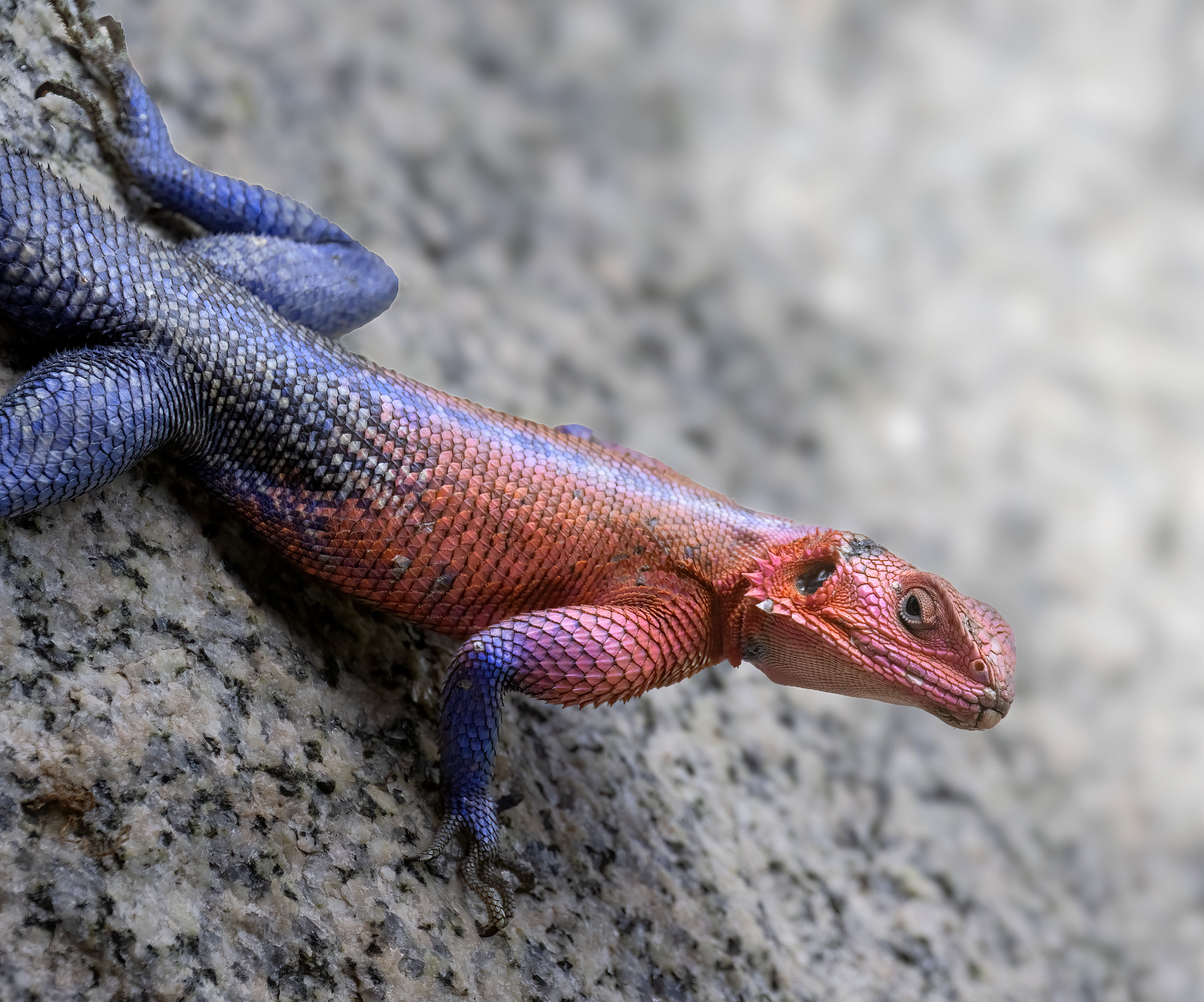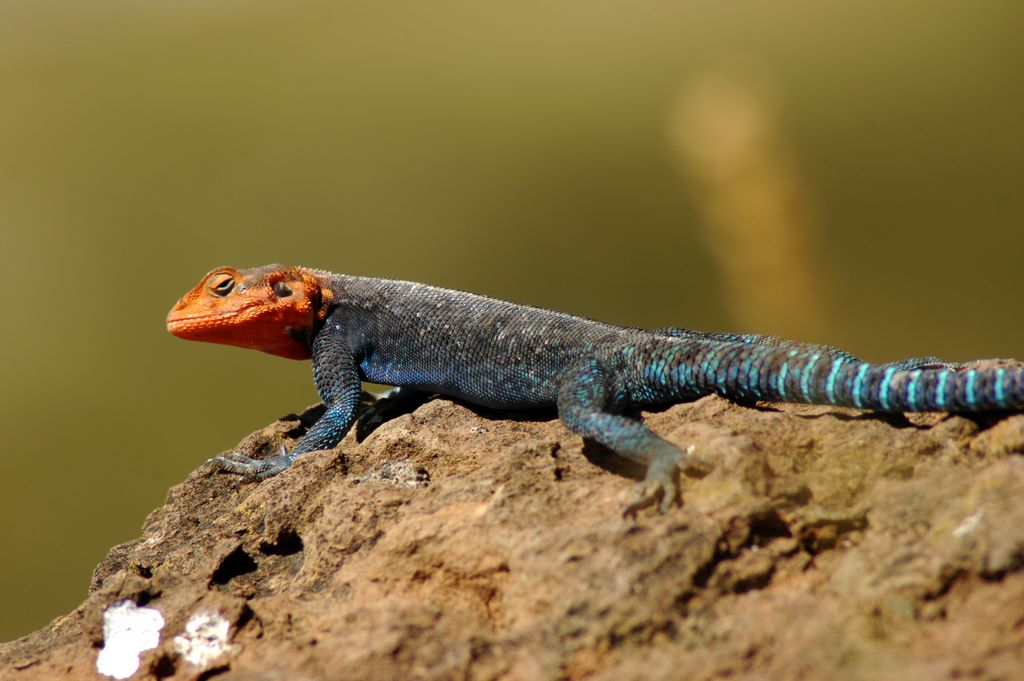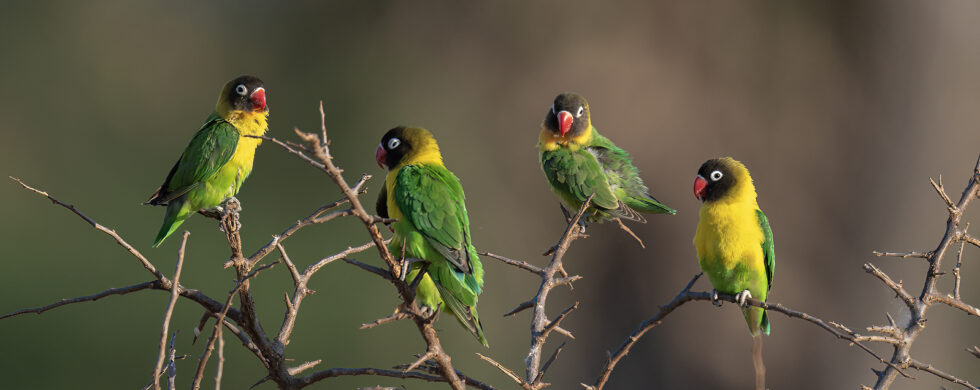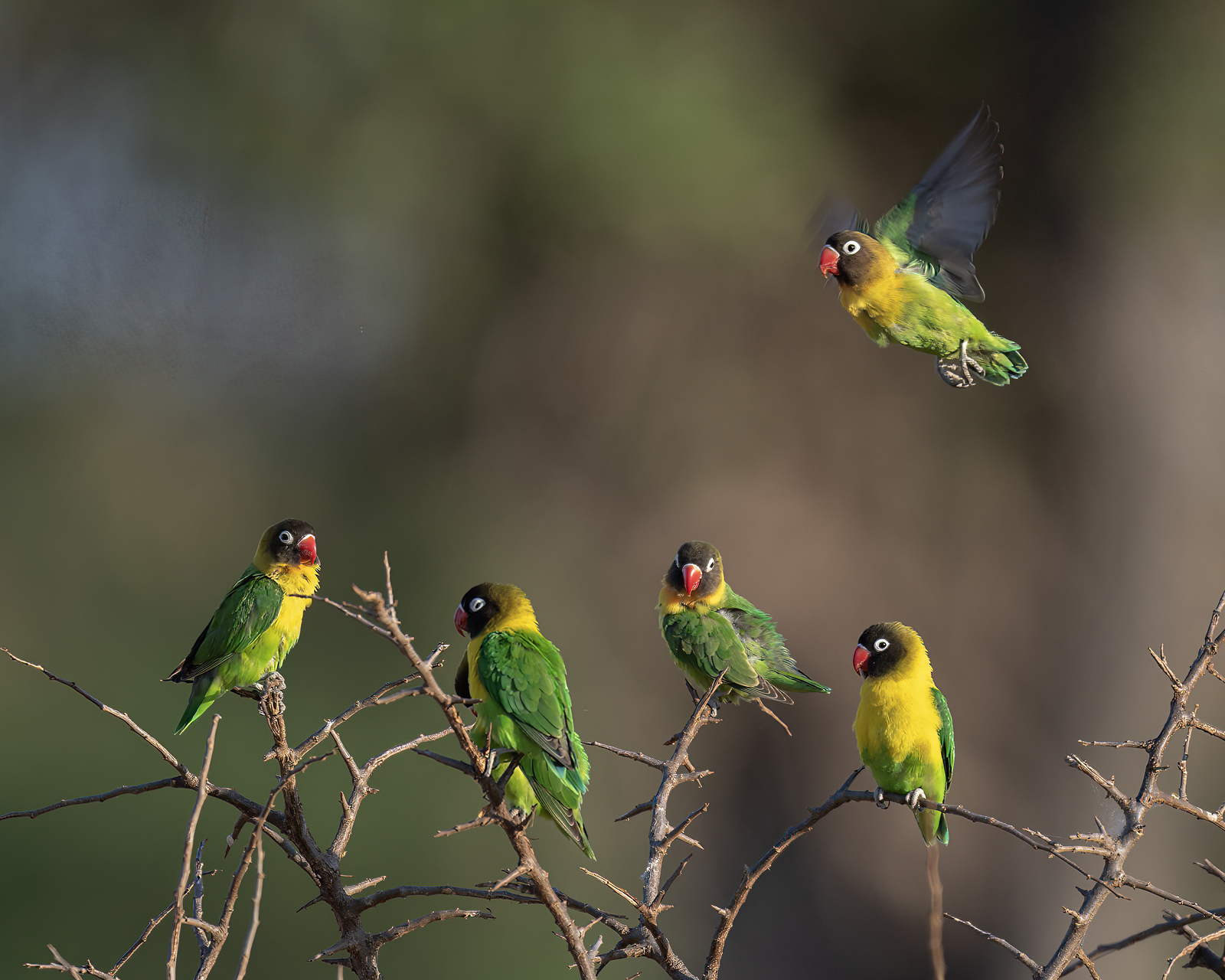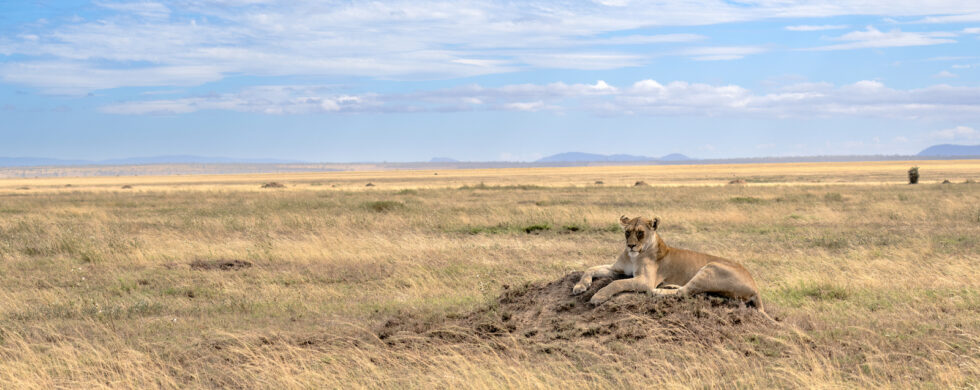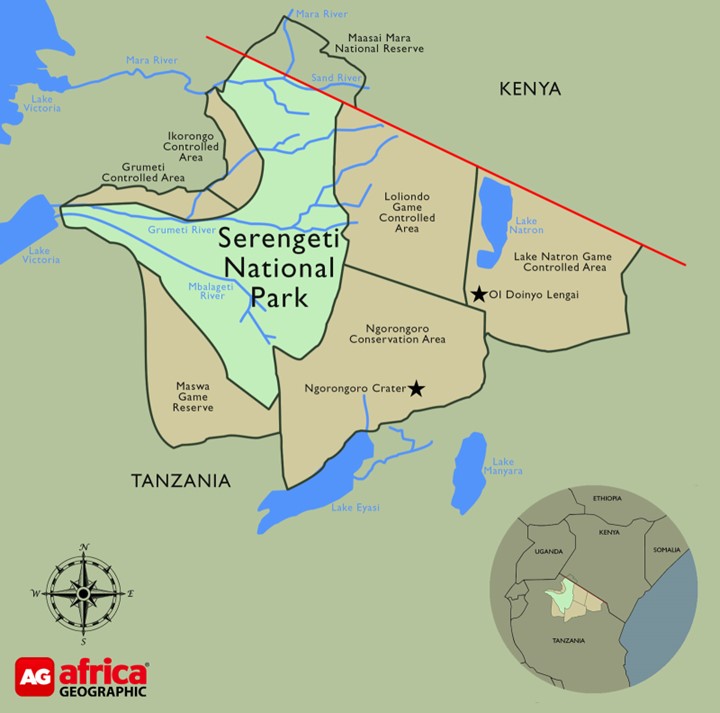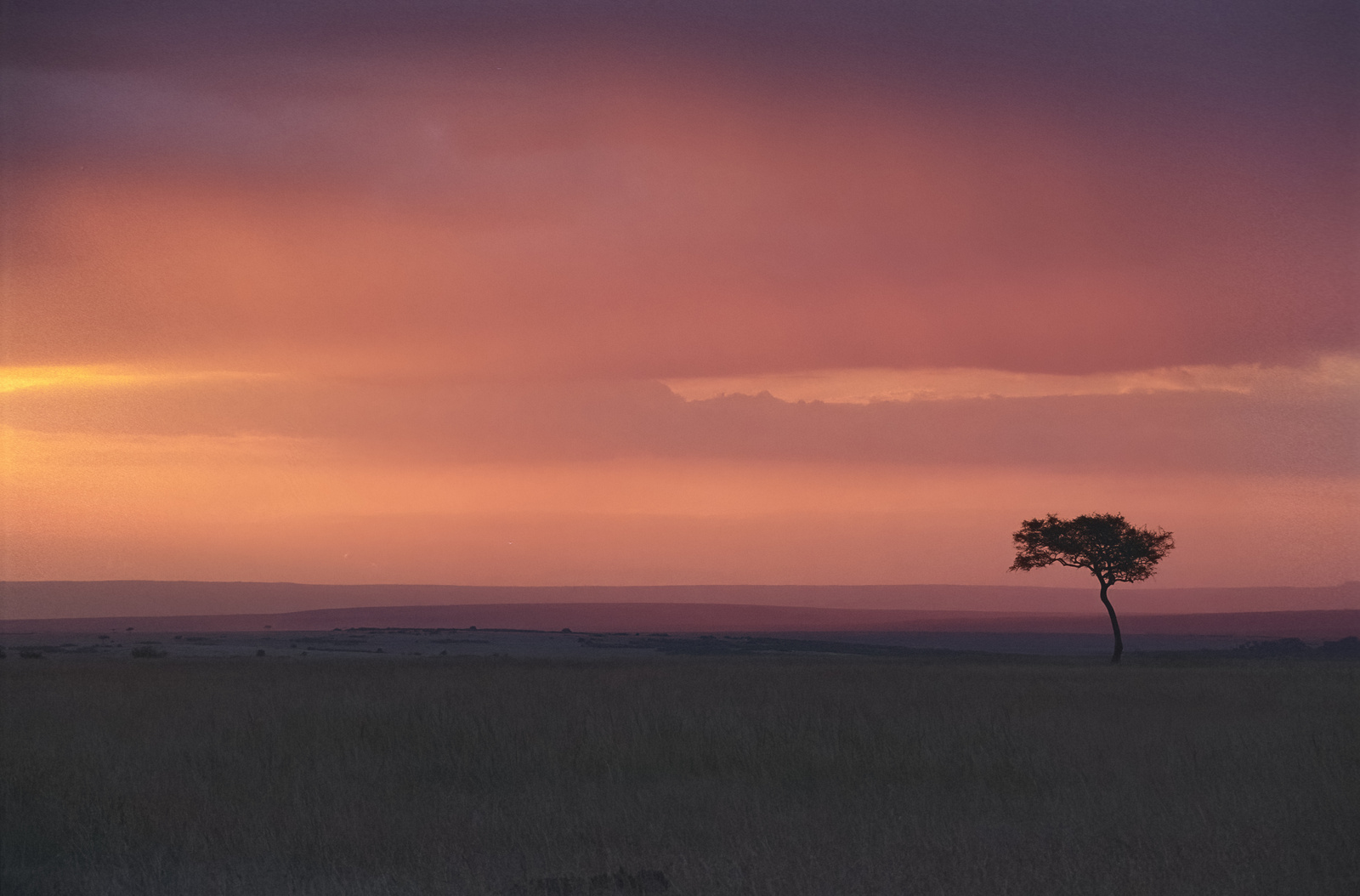31
Shot of the Month – July 2024
Ouch! That is going to leave a mark!
If you look closely you will notice that the seagull on the ground has clamped his beak onto the body of the gull taking off – trying to hold him down. The adult (in white) is outraged that the younger bird (as seen in his grey, not yet fully developed plumage) has just stolen his fish (see the fish?).
So what’s going on here?
In this scene, seagulls have gathered along the shoreline to take advantage of fish spawning nearby. Each year the congregation of fish attracts a myriad of predators looking to dine on the bountiful feast. As the tide recedes the seagulls are usually the first to appear to try their luck in catching the stranded fish.
When I took this image there were probably several dozen photographers nearby. Despite the crowd, I am probably one of the few to get this shot. Perhaps the only person. Why is that? Generally, seagulls don’t get much respect from the wildlife photography crowd. Seagulls lack the dramatic looks and charisma of the predator that has drawn so many people to this location. Most photographers keep their cameras off until these guys show up:
In fact, I often annoy my photographer neighbors — when they see me firing off shots some will jump to their cameras thinking a bald eagle is coming in. In the background I hear the resentful grunt of disapproval …”Ugggh, it is just a seagull,” as they fill with chagrin for getting their hopes up over nothing. I imagine that a few were shaking their heads wondering if I was some newbie or just a simpleton for wasting time on such pedestrian subjects.
Most people are not very fond of seagulls. People find gulls annoying given their riotous loud squawks and thieving ways – ever been dive-bombed by seagulls at the beach as they try to steal your french fries? Why are they swarming around an empty parking lot? And loitering around trash bins doesn’t help their image.
I get it, they can be a nuisance.
However, our collective disdain for gulls is unfair and at odds with the facts. Seagulls have a lot going for them:
- Seagulls are highly adaptable and have managed to thrive across a broad range of habitats spanning the planet. They can be found from the Arctic to the Equator and most places in between.
- These birds are resourceful, inquisitive, and generally, “wiiicked smaaart” (any Good Will Hunting fans out there?). Seagulls are among the few animals documented using tools putting them among an elite group. Seagulls have been recorded using bread as bait to catch fish. I have seen seagulls drop clams on rocky beaches to break them open. The clam-breaking behavior is not innate and must be taught by the older gulls to younger birds.
- Often to our annoyance, seagulls have adapted well to human society and thrive in our urban environments. In some cities, gulls have learned how to use crosswalks to traverse the road safely while scavaging for food.
- Seagulls have expansive diets and are opportunistic feeders – they can consume anything from fish to insects to fruit to human food scraps allowing them to thrive under a broad range of environments.
- They are very successful hunters and will adjust their hunting style depending on the prey available.
- Seagulls have been seen cooperating with other species to allow both to benefit from a food source. They often live in complex social groups and will warn other seagulls of impending danger.
- Most seagulls live near the ocean and they have developed the ability to drink salt water when fresh water is not available. This ability is a game changer and allows the birds to travel far and wide without worrying about finding enough water for survival.
There are over 50 species of seagulls but in some habitats, extensive cross-breeding (hybridization) makes identification very difficult. The term “seagull” has no scientific meaning — it is just used informally by folks like me when we don’t know exactly which species we are looking at. In my image above the birds are most likely Glacous-winged gulls as they are very common in the Pacific Northwest where this image was taken. But seagull species identification gets very complicated, very fast. Check out this link to get a sense of the chaos and follow this link if you really want to go down the rabbit hole on gull taxonomy.
To be honest part of the reason I photograph seagulls is to practice my panning technique and verify my exposure settings so I am “game ready” when the bald eagles take flight. However, I do like the challenge of trying to capture an interesting image of a bird that most people aren’t interested in seeing. Can I overcome that inherent bias?
A few more images from my time by the water’s edge. In this image, I like the blurred background and the simple primary colors of blue and white. It has the look and feel of a painting.
In this early morning shot, we are still in the blue hour as the delicate lighting illuminates the gull.
In this image the lighting is exquisite and the water splash highlights the action. The dark background allows the birds to really pop and I like the reflections in the water.
Here a seagull has just caught a fish and begins to leap toward the sky. The just-strong-enough light illuminates the bird perfectly while the fish seems to shimmer in gold.
The water splashes and body postures in the image below scream “Action” as the chase begins. The light, reflecting up from the water, fills in the shadows allowing us to really see the beauty and delicate nature of the bird’s feathers and wings. My eye is drawn to that very sharp, open beak of the gull in the rear as he comes in for the attack, adding to the drama.
To their credit, seagulls seem rather nonplussed by our opinions – whether we gaze on with wonder or contempt. Like Jonathan Livingston Seagull, they just seem to fly higher and higher and thrive all around us. Bully for them!
Until next month…..michael
Sources
Glaucous-winged gull (Wikipedia)
65 fun and interesting facts about seagulls
Nikon Z9, Nikon 600 mm, f/4, 1/1600 sec, ISO 1000, -0.7 EV

